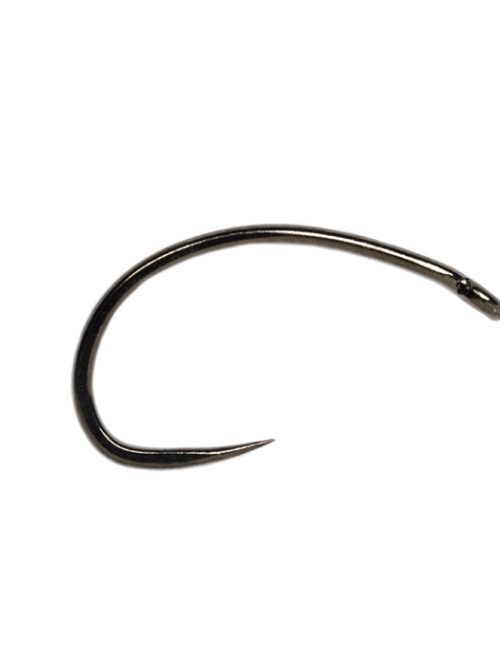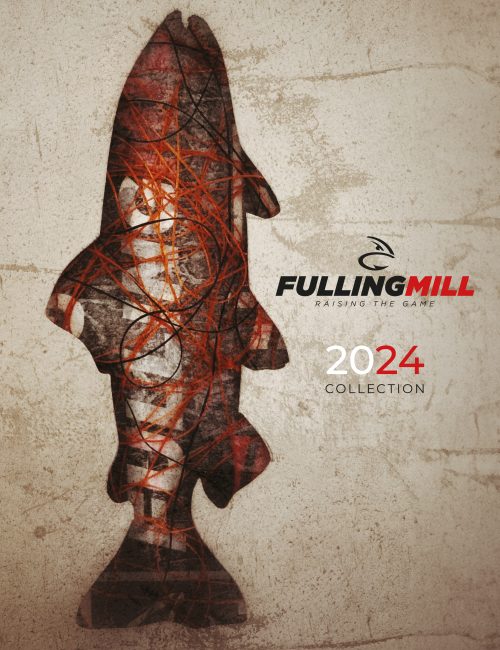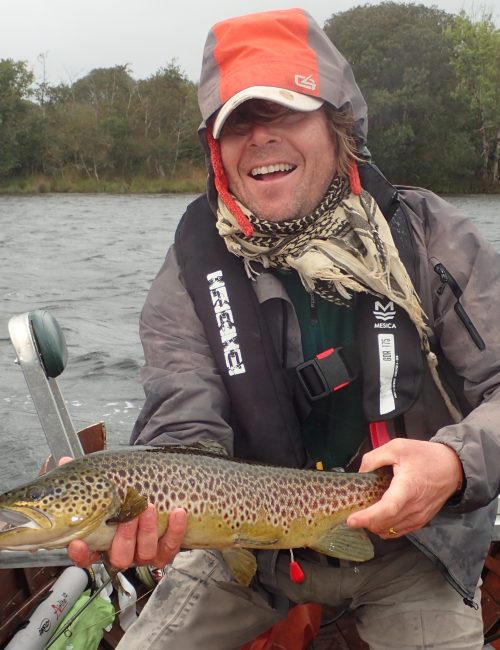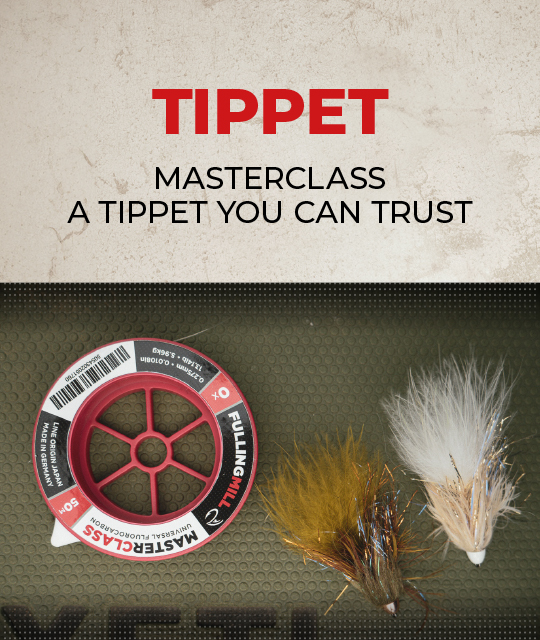Drag free drifts – Dry fly fishing on the River San
Published: 31st October 2017 | Author: Lisa IslesFulling Mill ambassador Lisa Isles is no stranger to the river San, Poland. Her annual trip has recently passed and she’s has given us a great enlightenment in how to make drag free drifts when dry fly fishing on this excellent river. Also, don’t forget to check out her most recent blog post on how to prepare for a fly fishing trip abroad.
The River San
Normally, the River San can produce some spectacular hatches, but with the weather still being very mild, it felt like we were about a month too early. It’s these hatches that give us the opportunity for the San to come alive. Having experienced it in the past, hatches can last from anything from 10am up until 3pm, sometimes even later. When it finishes, it’s almost like someone flicks a switch and you just know it’s time to head back to the fishing lodge.
However, having a group of fishermen that were so keen to learn and listen to instruction really made the difference for me. Answering questions and with them really registering the answers, I could see the progression on a daily basis.
Drag Free Drifts
One huge lesson learned with dry fly fishing is ‘drag’. Drag is a REAL drag when it comes to dry fly fishing. The slightest change of speed when your fly is drifting past a fish is the difference between catching and not catching, getting a drag free drift is key. Presentation of the fly whether it’s upstream or downstream is also extremely important. It made me laugh when one of the chaps on the trip said ‘I cast out, and it was like my fly was going around a roundabout several times before it even started its flying journey downstream’.
From the image, you can see the San is quite a wide river, shallow enough to wade most places all the way across, and this year was no exception. Upon arriving at the river some of the long slow glides look like they all come down at the same speed, once you’re in the water it is quite amazing how much the river changes with speed, creating huge difficulties for drag free drifts. Presentation and turnover are easy (with the right set-up) as long as that wind behaves itself, some days were better than others and that was totally expected.
So what changes the speed of water flow? It comes down to what is really underneath the water, the riverbed. Everything is uneven, take for example a 10x10m square, there are a different amount of rocks in different areas, the same goes for weed which the Grayling and Trout use as a feature to hide or rest in. Think of when a boulder is in the middle of a river… the water slows down at the front of it because it has to break its flow to go around it, which in turn creates an inside seam and an outside seam… then the hollow behind the rock.
Now think of a big rock or a huge clump of weed underneath the water… the same applies. it’s just that much more difficult because you can’t see it. The water will slow down just before rock/weed and basically leave you with an inside seam and an outside seam. In the middle of this, it creates a vortex where the water is slower. Casting straight across something like this you will see straight away because your fly will basically shoot off downstream – pulling the rest of your line around faster than the other currents, and forcing your fly to follow creating drag.
Here’s an example of where the fish will hold and what currents you will have to battle to cast a fly perfectly over the fish. The Medium and Fast paced water will drag your fly line quickly downstream, causing your fly to drag in the slack over the fish you’re targeting. Angeling your casts, using mends and long tapered leaders will heighten your chances of getting drag free drifts.
Each section of the river is different, for example, taking two steps upstream, it all changes. So your angles need to change, with this I mean you need to change your position in the river to give you the best possible chance of achieving a drag free drifts for as long as possible.
For me, if you fish 100 meters of the river San in a session, you’ve fished it too fast. With the hatches being slow and very sporadic, especially this time of year, having a two-hour window to get into a rhythm was the best it got for the week.
One of the best ways to counteract drag I find is to fish downstream dry fly for the San Grayling. By fishing downstream to the fish, seeing where and when to make a mend as your looking down on your line is easier, so is controlling the distance as you can keep your ‘practice’ casts well above the fish without spooking it.
The one that didn’t get away…
Fishing away on the last day I get a call to come upstream from a fellow fisherman. When I got there, my jaw literally hit the surface of the river! My eyes widened and I knew this was probably going to be the best opportunity of the week to get a ‘proper’ San Grayling. So starting from the basics, working out the seams, the biggest Grayling manage to position themselves in the best possible position for them, in terms of using as little energy as possible for maximum food consumption. For a fly-angler, they test you on all levels. Your presentation has to be perfect, even 1cm to the left or the right… those big Grayling just know it’s wrong.
After about 10 minutes I thought I had it nailed, just the right amount of fly line out…comfortable casting and was really happy with my presentation. 100% confident in my fly, it was just a matter of time.
The Fly: CDC Upwing Olive
I cast out, the fly drops about 3 feet off my left shoulder facing downstream. The target is in my sights, just feeding the dry downstream… so in motion, almost becoming part of the river itself. The Grayling starts coming up and just sips my fly. I struck, NO CONNECTION! WHAT!
I pulled myself back together for it to only happen 4 times, and I didn’t touch the fish once! What was I doing wrong?! To this day I still don’t have a clue… It was coming to the end of the hatch as well so against the clock by this stage. I decided to give the fish a break. I just watched it, rising as confidently as ever and all of a sudden its cycle broke, instead of coming up for one fly on a very smooth and almost timed rhythm… it took 3 naturals off the surface one after the other!
This was my chance! The amount of concentration and energy exploding through my body was insane… All senses heightened… totally zoned in… it was a now or never moment. Totally comfortable with my cast, my little size 21 olive soldiered on downstream… the Grayling’s pectoral fins at the front just locked, I was just witnessing poetry in motion (and actually being a part of it at the same time!) I can still see the white lips and then the dark back, it’s crimson dorsal followed, finished with the tail. All I had to do was hook it… FINALLY! Fish on! And after about 5 minutes of tempting it to the net my best fish of the week was landed. Another true test of mentality, self-confidence, and ability to continuously make drag free drifts as a fly fisher.











